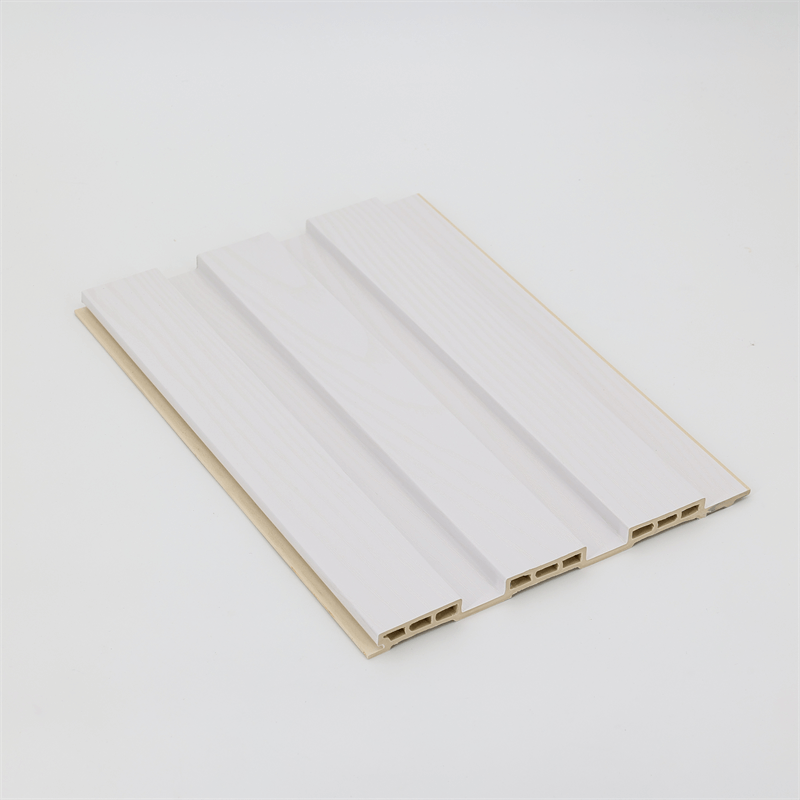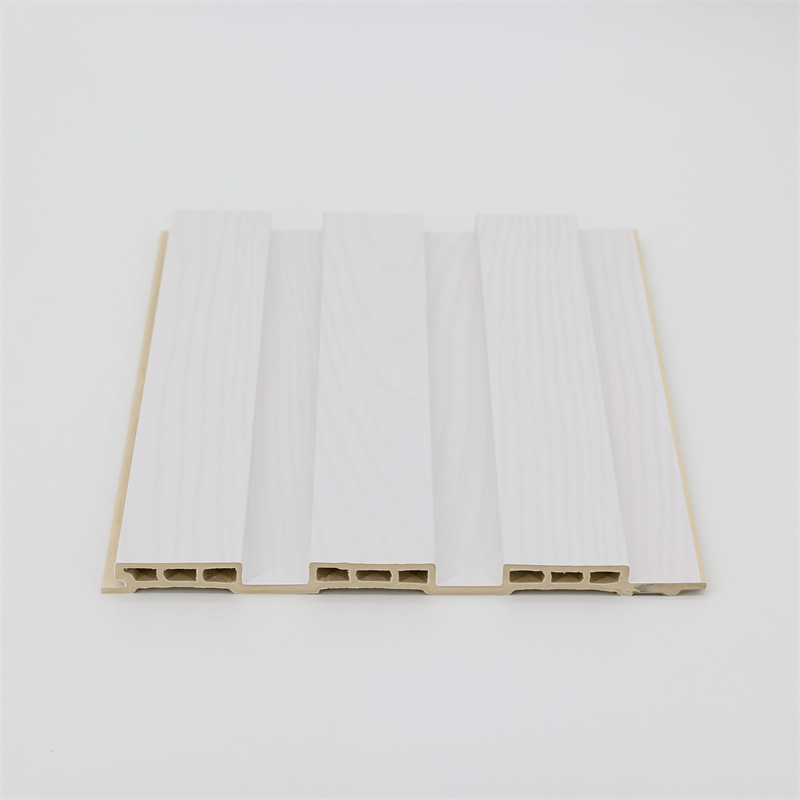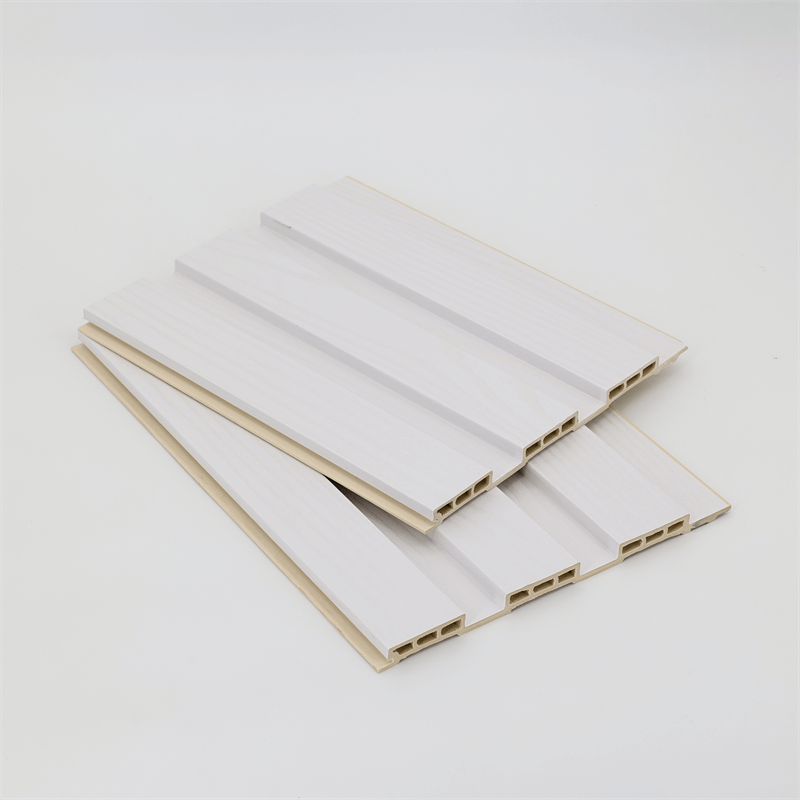
Wood Plastic Composite (WPC) fluted panels have gained popularity as a sustainable and versatile building material, offering an eco-friendly alternative to traditional wood and plastic products.
Understanding the manufacturing process of WPC fluted panels is essential to appreciate their unique properties and benefits.
In this article, we will take a comprehensive look at the step-by-step journey of WPC fluted panels, from the selection of raw materials to the production of the finished product.
Sourcing the Raw Materials
The manufacturing process of WPC fluted panels begins with the careful selection and sourcing of raw materials.
These materials play a pivotal role in determining the final characteristics of the panels.
The key components of WPC fluted panels include:
Wood Fibers: High-quality wood fibers are obtained from post-consumer wood waste, wood chips, or sawdust.
Species such as pine, oak, and maple are commonly used.
The wood fibers provide natural aesthetics, texture, and strength to the panels.
Plastic Polymers: The primary plastic polymer used in WPC fluted panels is High-Density Polyethylene (HDPE) or Polyvinyl Chloride (PVC).
Recycled plastics are often utilized to promote sustainability. The plastic polymers offer durability, moisture resistance, and UV stability to the panels.

Blending the Components
Once the wood fibers and plastic polymers are sourced, they undergo a blending process to create the WPC compound.
The blending phase is crucial in achieving a homogenous mixture of wood and plastic, ensuring uniformity in the final product.
The process involves the following steps:
Drying and Conditioning: The wood fibers are dried to eliminate excess moisture, ensuring proper adhesion with the plastic.
Conditioning the wood fibers helps adjust their moisture content to achieve the desired consistency.
Mixing: The dried wood fibers and plastic polymers are mixed together in specific proportions based on the desired characteristics of the WPC fluted panels.
This mixing process can be accomplished through extrusion, injection molding, or other suitable techniques.
Additives: To enhance the performance of WPC fluted panels, various additives are introduced during the mixing phase.
Additives such as coupling agents, stabilizers, and pigments are incorporated to improve bonding between wood and plastic, enhance weather resistance, and add color to the panels.
Fluted Panel Extrusion Process
The extrusion process is the heart of WPC fluted panel manufacturing.
This process involves the formation of the fluted panels through a specialized extrusion machine.
The extrusion process can be divided into the following stages:
Pre-Heating and Melting: The WPC compound is pre-heated to facilitate uniform melting and flow during extrusion.
The heat softens the mixture, making it malleable for shaping.
Extrusion Die: The WPC compound is then passed through an extrusion die, which imparts the desired shape and texture to the panels.
The die features the fluted pattern, giving the panels their characteristic appearance.
Cooling and Solidification: After the panels are extruded, they are rapidly cooled to solidify the material.
This cooling process ensures that the panels maintain their shape and structure.
Cutting and Sizing: The extruded WPC fluted panels are cut to the desired length, and their width is adjusted as needed.
This step ensures that the panels are ready for further processing or packaging.

Quality Control and Finishing Touches
The manufacturing process of WPC fluted panels undergoes stringent quality control measures to ensure that the panels meet industry standards and customer expectations.
Quality control includes:Dimensional Accuracy: The panels are carefully measured to ensure they meet the specified dimensions and tolerances.
Visual Inspection: Panels are visually inspected for defects, color consistency, and surface finish.
Mechanical Testing: Selected samples undergo mechanical testing to assess their strength, flexibility, and other performance characteristics.
Finishing Options: After quality control checks, WPC fluted panels may undergo additional finishing processes, such as sanding or embossing, to achieve specific surface textures or finishes.
The manufacturing process of WPC fluted panels involves the careful selection and blending of raw materials,
extrusion of the panels with specialized dies, and rigorous quality control measures to ensure consistent and high-quality products.
By understanding the journey from raw materials to finished panels, we gain insight into the eco-friendly and durable nature of WPC fluted panels.
This innovative manufacturing process exemplifies the seamless fusion of wood and plastic,
resulting in a sustainable building material that continues to find applications in a wide range of interior and exterior spaces.
